Introduction
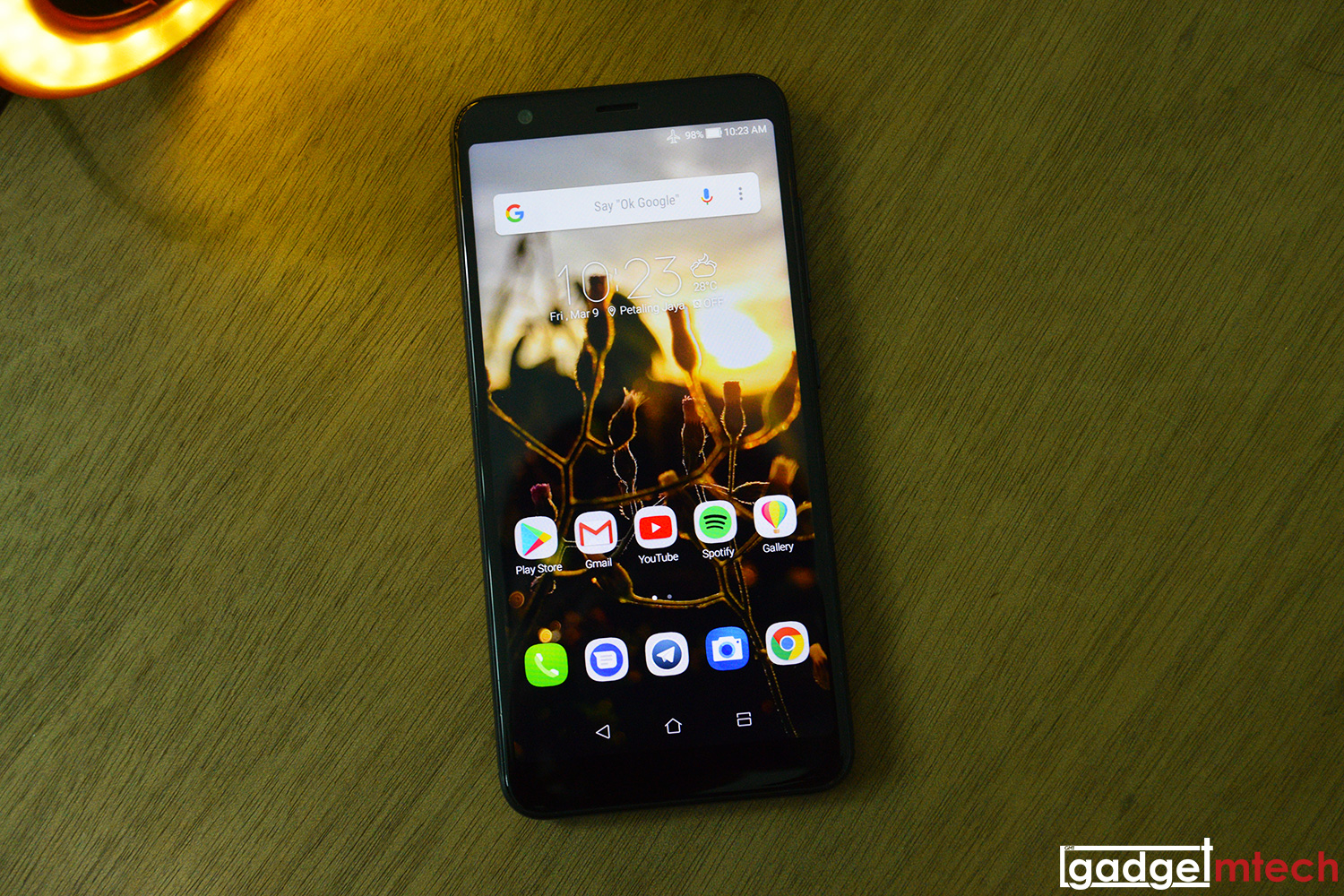
The ASUS ZenFone Max Plus (M1) was launched in Malaysia last December, it was the company’s first 18:9 screen smartphone. This is the first ZenFone Max Plus series device, hence, there’s an “M1” naming behind. We recently got our chance to play with this phone for a week plus, and this is the full review!
Unboxing
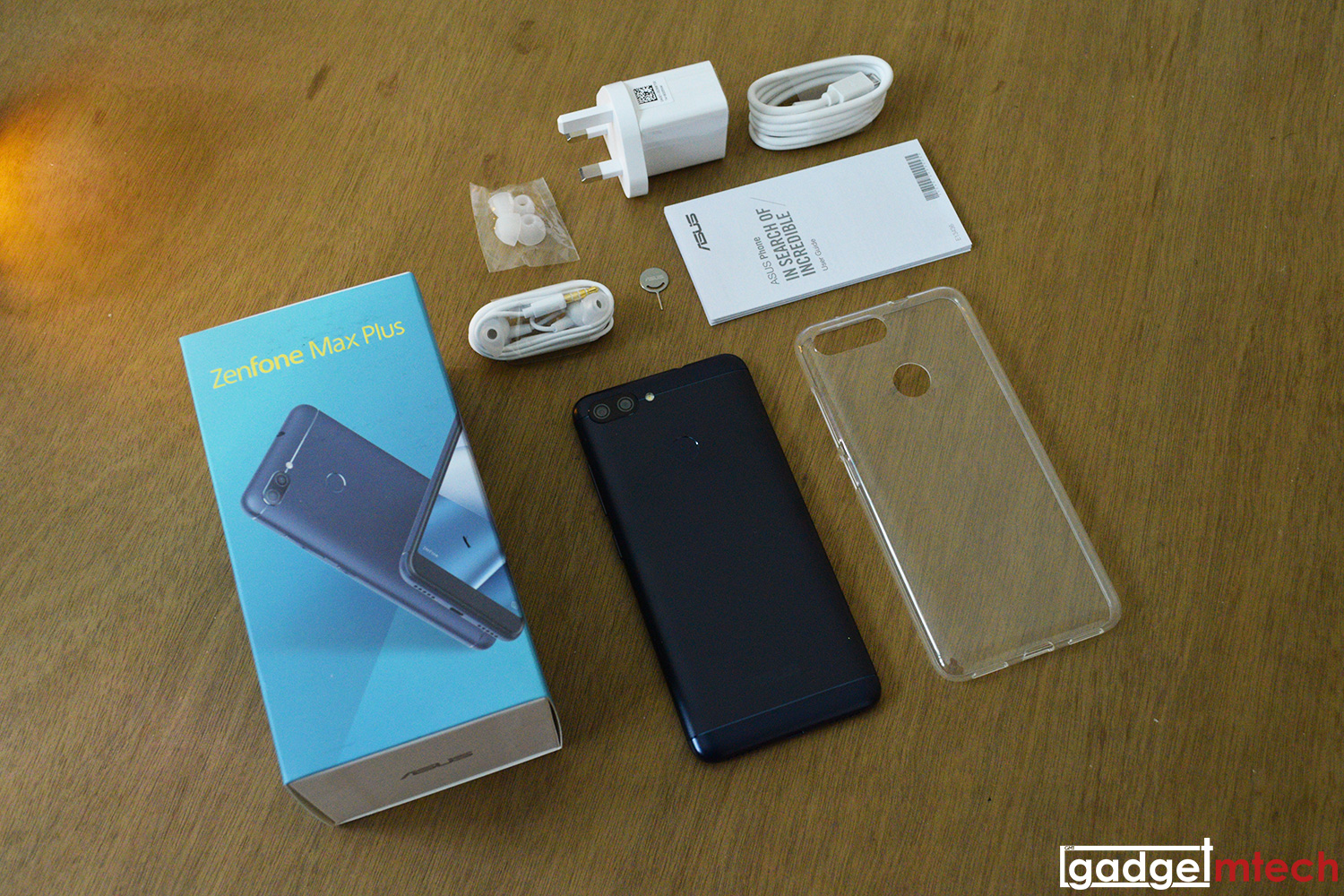
The ZenFone Max Plus (M1) comes in a small box, same as the ZenFone 4 Max Pro we reviewed not long ago. The content inside the box is pretty similar as well:
- ASUS ZenFone Max Plus (M1)
- User Guide
- SIM Ejector Tool
- TPU Case
- USB OTG Cable
- Extra Ear Tips
- Earphones
- MicroUSB Cable
- Wall Adapter
Since the ZenFone Max Plus series emphasizes the battery life and there’s even the reverse charging feature, not surprising to see the USB OTG cable in the box.
Same Same but Different
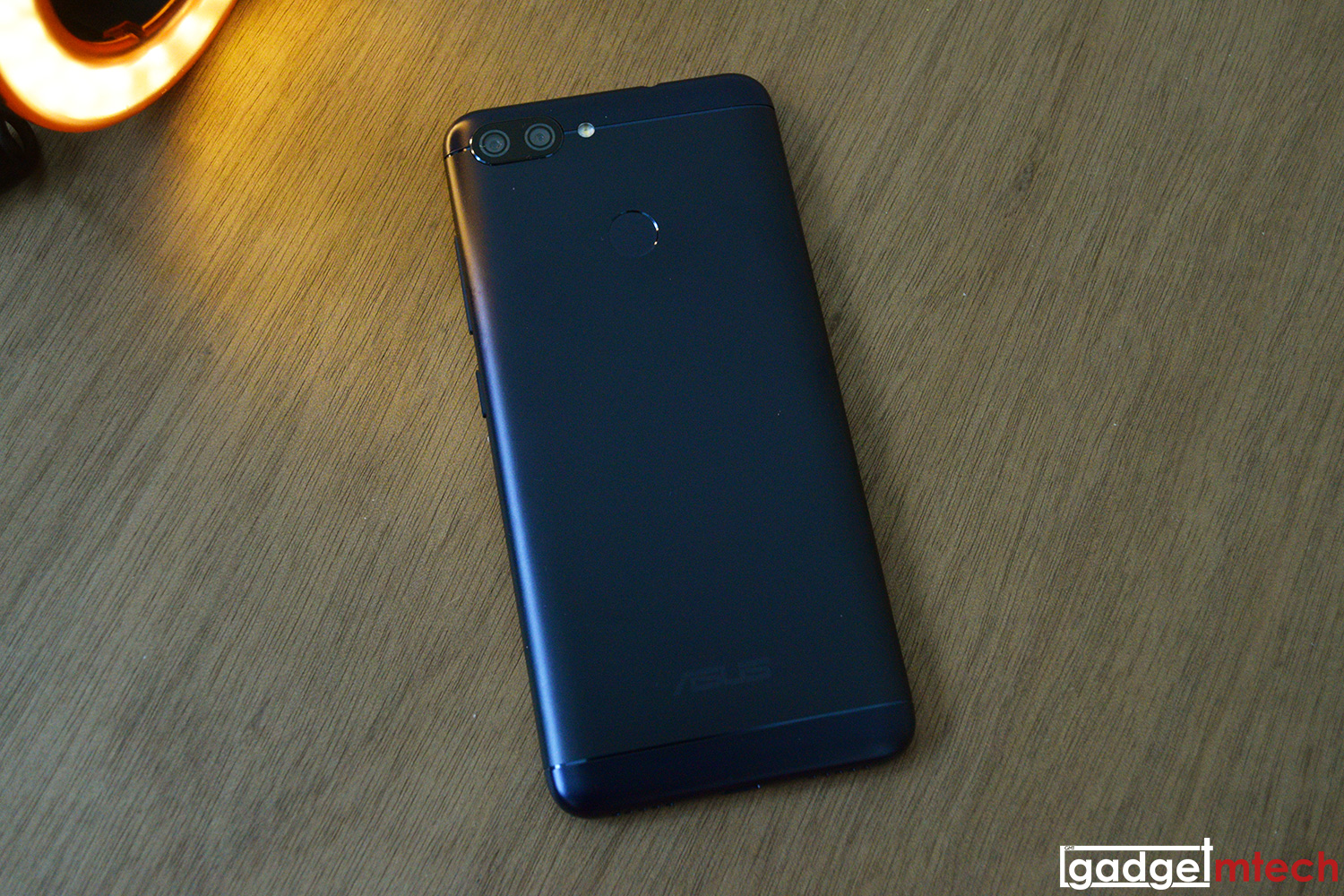
In terms of design, the phone shares the same design language as the ZenFone 4 Max Pro. It also comes with a metal backing, but there’s a rear-mounted fingerprint sensor this time.
The phone has an 18:9 display covering 80% of the front, and there’s no “ASUS” logo nor the navigation buttons. The top of the phone houses a 3.5mm audio jack and the noise-cancellation microphone, while the bottom of the phone has another microphone, Micro USB port, and the speaker. I know you can’t really complain much about a phone at this price point, but it’s better if we can have a USB-C port.
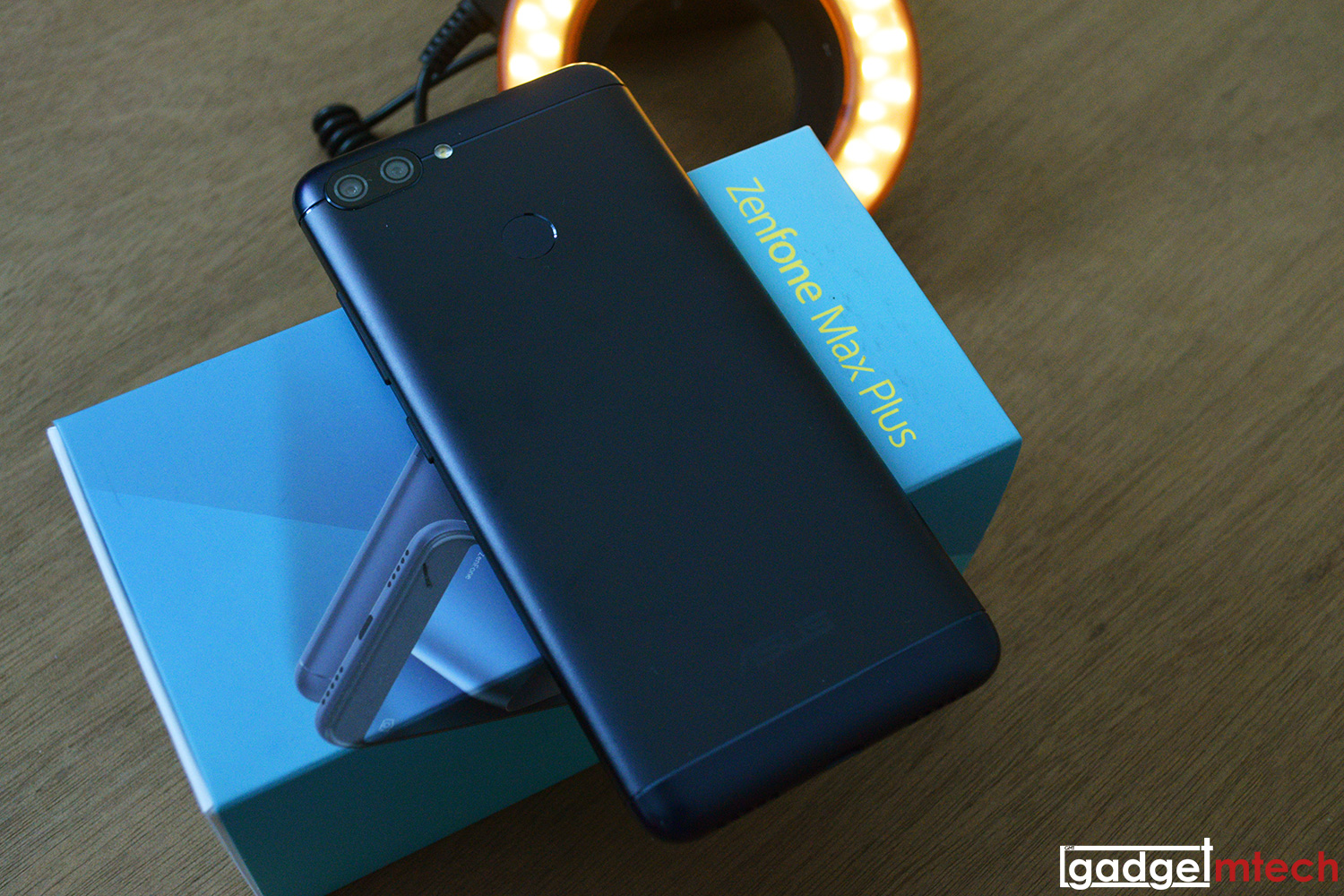
As I mentioned before in the ZenFone 4 Max Pro review, the design doesn’t really stand out from others, but overall it’s still an okay looking phone.
5.7″ HD+ Screen

The phone sports a 5.7-inch HD+ IPS 18:9 display with 80% screen-to-body ratio. This is the first ASUS phone to have an 18:9 screen and the four corners of the screen are all rounded as well. The display looks average, not too eye-pleasing and there’s even color shifting from different viewing angles. I was really hoping a Full HD+ resolution instead of just HD+, though you can’t really notice any big difference, even the iPhone 8 doesn’t have a Full HD screen.
MediaTek MT6750T SoC
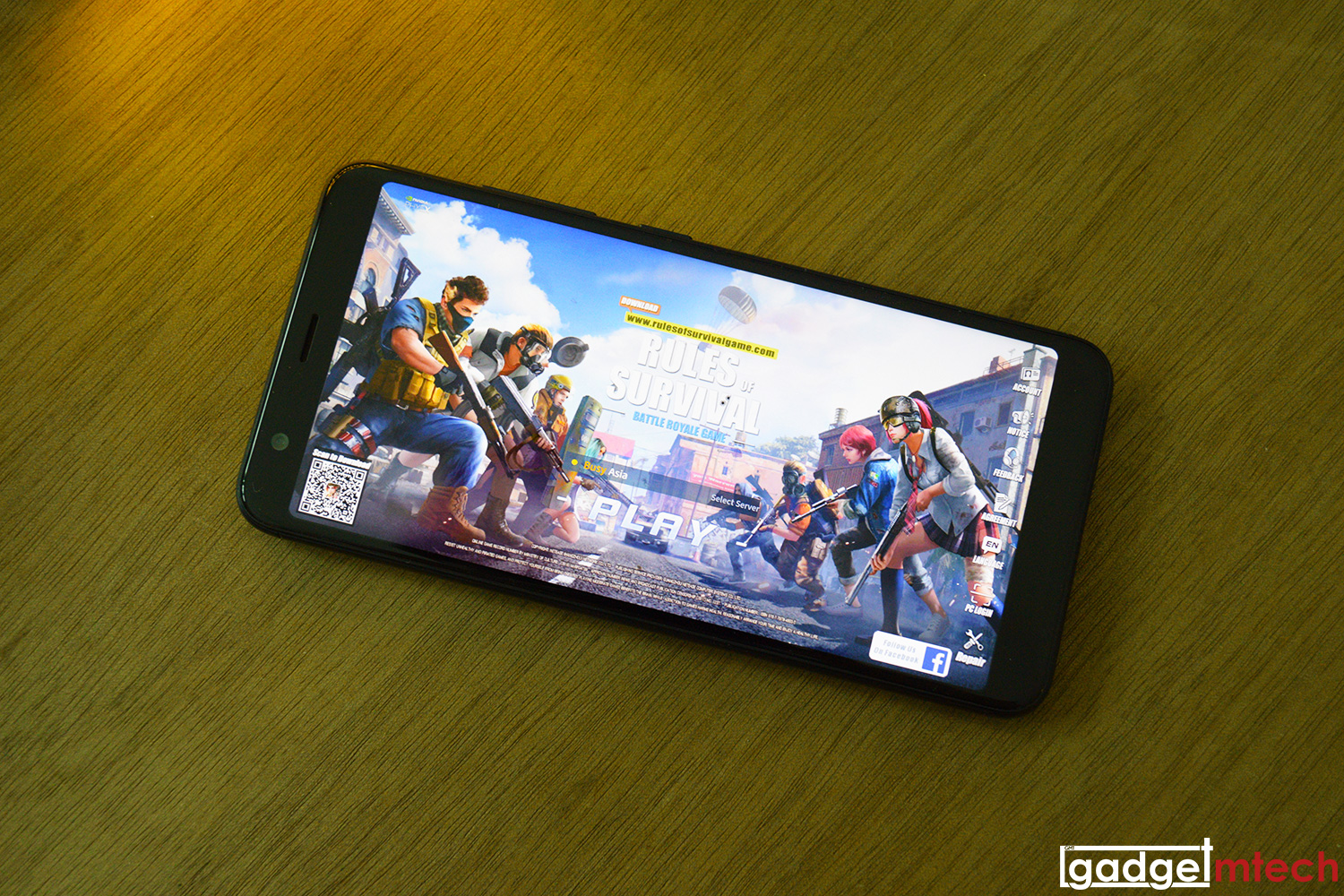
Powering the phone is a MediaTek MT6750T processor, a command processor you’ll find in an affordable phone. Backing up the processor is a Mali-T860 GPU, 4GB RAM, and 32GB expandable storage. In terms of performance, the phone did just okay with hiccups here and there. You can play Rules of Survival in normal graphics settings, but don’t expect it to be buttery smooth.
Updated ZenUI
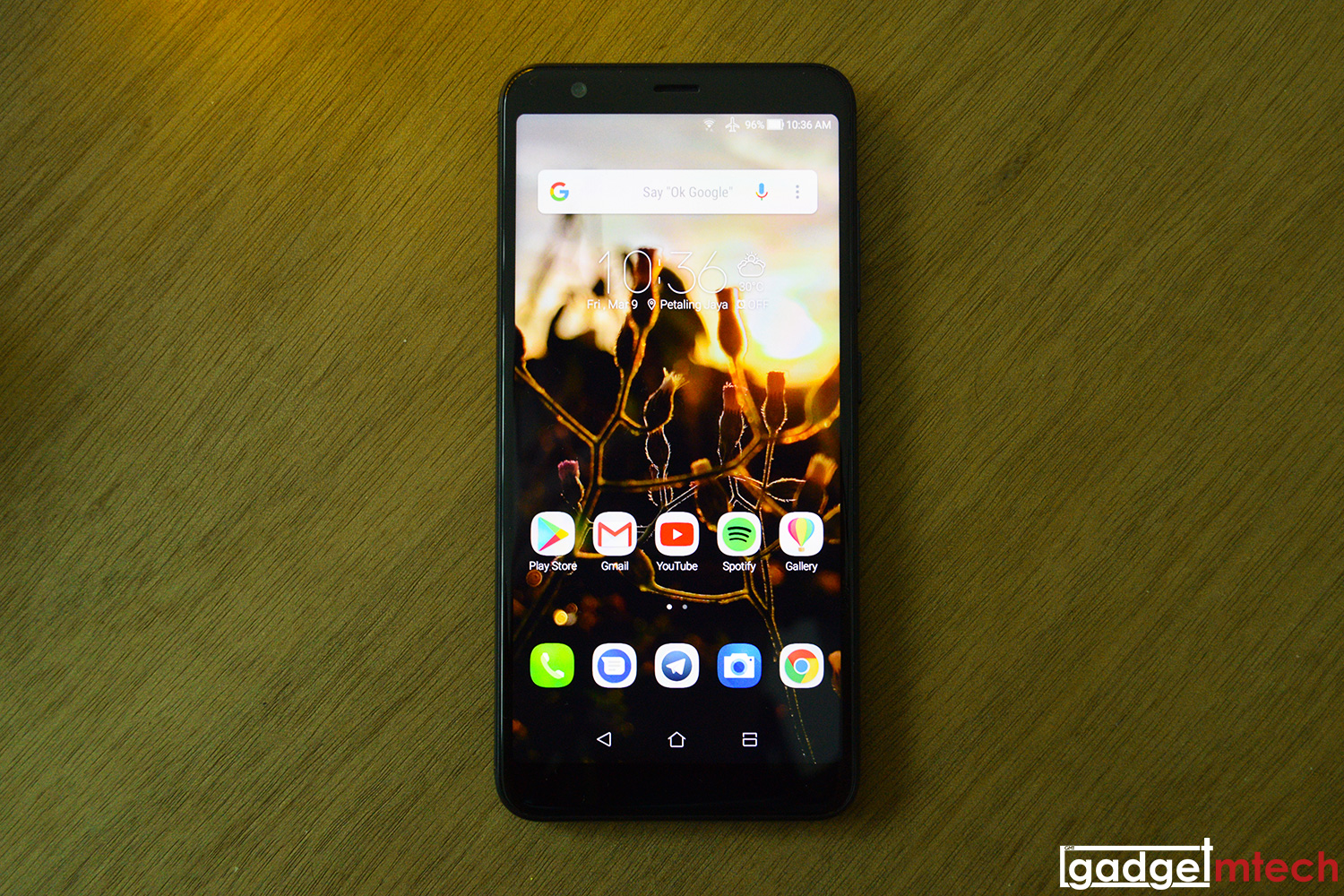
The ZenFone Max Plus (M1) runs on Android 7.0 Nougat with ZenUI 4.0. The home screen has some slight changes such as the app drawer button is now gone, you’ll need to swipe up to open the app drawer. ASUS is trying to do something close to stock Android, but I think that ZenUI is somehow still heavily skinned.
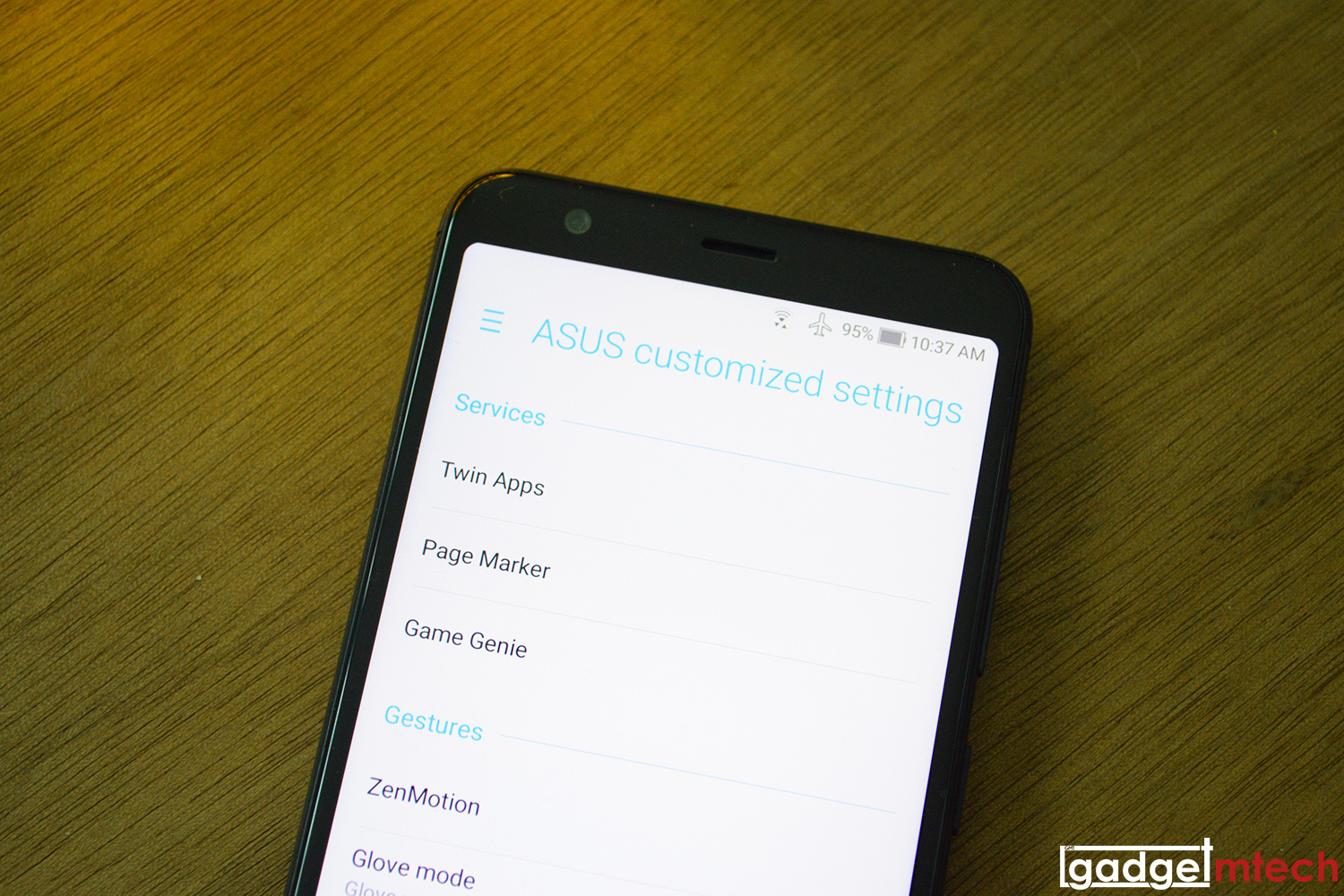
You can still find some Android Nougat features like Multi-Window on this phone, even though running two apps together on a screen won’t work smoothly. Other features like Twin Apps, Page Marker, and Game Genie are also available as well. Glad to see the Twin Apps feature since it’s a dual-SIM device, something I complained in the ZenFone 4 Max Pro review.

Additionally, the phone also comes with face unlock feature. It works just like the OPPO F5, which means it’s not as secure as Samsung’s iris scanner or Apple’s Face ID. However, it won’t work under the low-light condition as it uses the front camera to recognize your face. It is fast, though.
Dual-Camera Setup

Like the ZenFone 4 Max Pro, the ZenFone Max Plus (M1) has a dual-camera setup on its rear, but a better one this time. It has a 16MP f/2.0 regular camera and an 8MP 120° wide-angle camera. Selfie wise, there’s a 16MP f/2.0 front-facing shooter.
Image quality generally is decent, not as good as those high-end phones, but good enough for your social media usage. I really like the idea of having a 120° wide-angle camera as the secondary camera. One day I was attending the BMW 8 Series Concept event and there wasn’t enough space for me to take photos of the entire car. Thankfully, with the secondary wide-angle camera, I was able to take photos of the entire car, check out the photos above then you’ll get what I mean. Oh yeah, the camera also offers manual mode as well!
4,130mAh Battery

The ZenFone Max Plus (M1) packs a 4,130mAh battery without fast charging feature. Sadly, its battery life wasn’t as good as expected. Based on my usage, I was able to get the phone last through a day easily with slightly more than 4 hours of screen-on-time. I was expecting more from the phone, and it took me more than 3 hours to charge the phone from 15% to full. With that, I highly recommend you to charge the phone overnight, which is what I did during my review period. It’s kind of disappointing as the phone doesn’t have a long-lasting battery life and its charging speed is pretty slow.
The phone also supports reverse charging, which lets you charge another phone. If your friend asked you to borrow your power bank, hand this phone to him/her, a way to start a conversation with your crush, perhaps?
Final Words

Retailing at RM899, the ASUS ZenFone Max Plus (M1) no doubt is a good mid-range phone. It has a solid build quality, trendy 18:9 display and the secondary wide-angle camera is a bae! So far, ASUS is doing good with this phone despite having disappointments here and there. But hey, you can’t complain much about a phone at this price point!
Yay
- Trendy 18:9 display
- Nice secondary wide-angle camera
- Affordable
Nay
- No Full HD+ resolution
- Unimpressive performance
- Was expecting a longer battery life